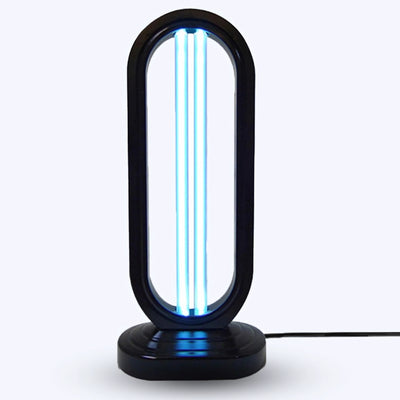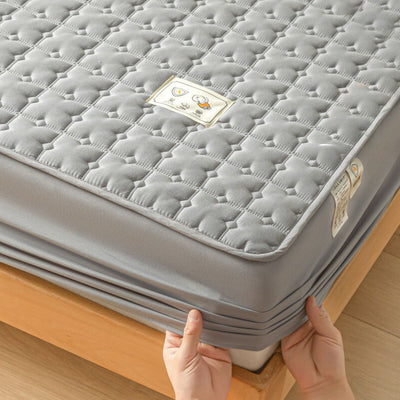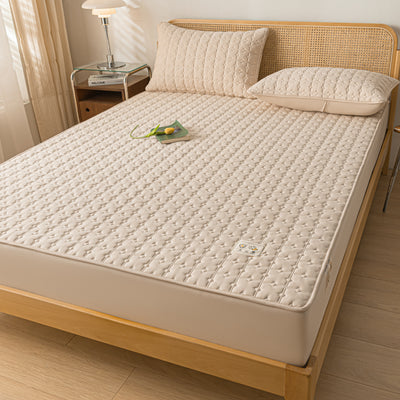Living in a flat with a dog can be rewarding but also presents unique challenges. Without a sprawling garden, pet parents often wonder how to ensure their furry friend stays both happy and healthy. With the right approach, though, flat living can be just as enriching for dogs as life in a house. Here are some tips to help you and your dog thrive together indoors.
1. Create a Comfortable and Stimulating Environment
Your flat may be cosy, but it’s essential to dedicate a space for your dog. A comfortable bed, access to natural light, and a selection of toys are key. Make sure they have a place to retreat to when they need some quiet time. Keeping their area tidy and organised can also reduce stress, both for your dog and you. 
Bonus Tip:
Rotate toys weekly to keep things fresh. Chew toys, puzzle toys, and interactive gadgets can help reduce boredom and mental frustration.
2. Exercise Indoors
Lack of outdoor space doesn’t mean your dog can’t stay active. A bit of creativity can turn your living room into a playground. Try indoor fetch, hallway races, or even hide-and-seek games. These activities stimulate both their body and mind, helping burn off energy that might otherwise turn into destructive behaviour. 
Bonus Tip:
Tug-of-war is a great indoor exercise that doesn’t require much space and provides an outlet for physical energy. A product like the PoochGlider™ Automatic Hovering Ball can also be a fantastic tool for keeping your dog engaged and active indoors, even when space is limited. 
3. Mental Stimulation is Key
Mental stimulation is just as important as physical exercise. Keep your dog’s brain active with puzzle feeders, treat-dispensing toys, and scent-based games. Hide treats around the flat and let your dog sniff them out. A tired brain equals a happy dog, and it’s a great way to bond with them. 
Bonus Tip:
Training sessions don’t have to be long. Ten minutes a day of learning new commands or tricks can be mentally exhausting for your dog and incredibly rewarding.
4. Stick to a Routine
Dogs are creatures of habit. In a flat setting, establishing a daily routine provides structure and reduces anxiety. Feed, walk, and play with your dog at consistent times each day. Knowing when to expect certain activities helps them feel more secure and settled. 
Bonus Tip:
Incorporate new and exciting activities into their routine. Even changing the route of your daily walk can provide fresh stimuli for your dog.
5. Incorporate Outdoor Time When Possible
Although you may live in a flat, dogs still need outdoor time to explore new sights and smells. If you have access to a nearby park, make it a priority to take regular walks. If parks aren’t available, try scheduling doggy playdates or visiting a pet-friendly café. These small excursions can go a long way in breaking up the monotony of indoor life. 
Bonus Tip:
If your schedule is tight, consider hiring a dog walker to ensure your dog gets the outdoor time they need.
6. Monitor Noise Levels
Flats often come with the added challenge of managing noise from neighbours, which could cause anxiety for some dogs. White noise machines, calming music, or even desensitisation training can help your dog feel more comfortable in a flat setting. 
Bonus Tip:
If your dog tends to bark at external noises, closing blinds and providing background noise can help reduce their stress. Alternatively, you can try using the PoochBarkOff™, a handy device that helps manage excessive barking, offering a subtle solution if your dog reacts to noises from outside the flat. 
7. Use Interactive Feeding Methods
Instead of serving your dog’s meal in a standard bowl, consider using interactive feeders. These not only prolong mealtime but also provide a form of mental stimulation. Dogs love working for their food, and these methods can help break up the monotony of a flat lifestyle. 
Bonus Tip:
Snuffle mats are a fun way to make mealtime interactive by hiding kibble for your dog to sniff out. Another great option is the Lick Mat Slow Feeder, which slows down eating and provides your dog with a mentally engaging mealtime experience. 
8. Socialise and Supervise
Socialising is crucial, even for dogs in flats. Set up meet-and-greets with other dogs in your building or organise regular visits to dog parks. Proper supervision during social time ensures that your dog’s interactions remain positive, helping them build confidence and social skills. 
Bonus Tip:
If your dog isn’t fond of other dogs, consider enrolling them in a socialisation class to build their comfort around other pets in a controlled environment.
9. Focus on Positive Reinforcement
Living in a flat sometimes means your dog will have more encounters with neighbours, new visitors, or pets. Reinforcing positive behaviours, like staying calm around new stimuli or walking politely on a lead in public spaces, makes flat living much more manageable for you and enjoyable for your dog. 
Bonus Tip:
Reward calm behaviour, especially when you’re out in common areas of your building. This encourages good habits and reduces stress.
10. Know When to Ask for Help
Finally, don’t hesitate to ask for help. Whether it’s enlisting the services of a dog walker, finding a local dog daycare for extra stimulation, or seeking advice from a trainer, there’s always a solution for any challenge flat living may bring. 
Conclusion
Living in a flat with a dog can be a fulfilling experience, as long as you remain attentive to their physical, emotional, and mental needs. By staying creative, consistent, and engaged, your dog can live a happy and healthy life—right by your side, in the heart of the city.























